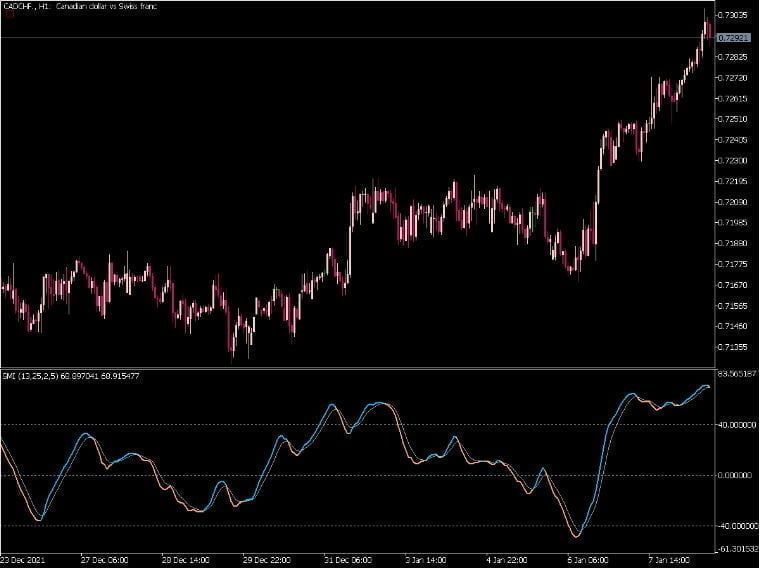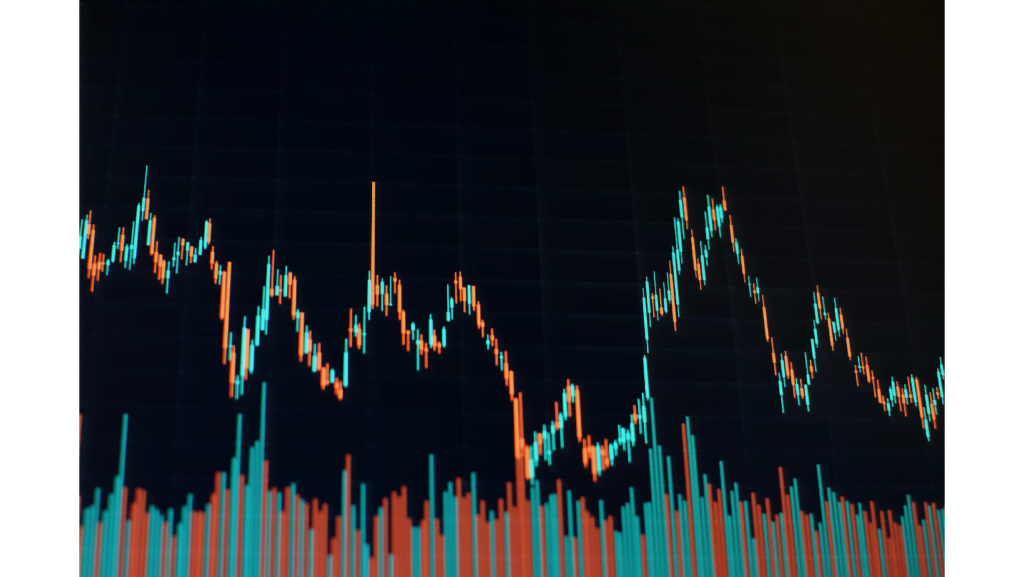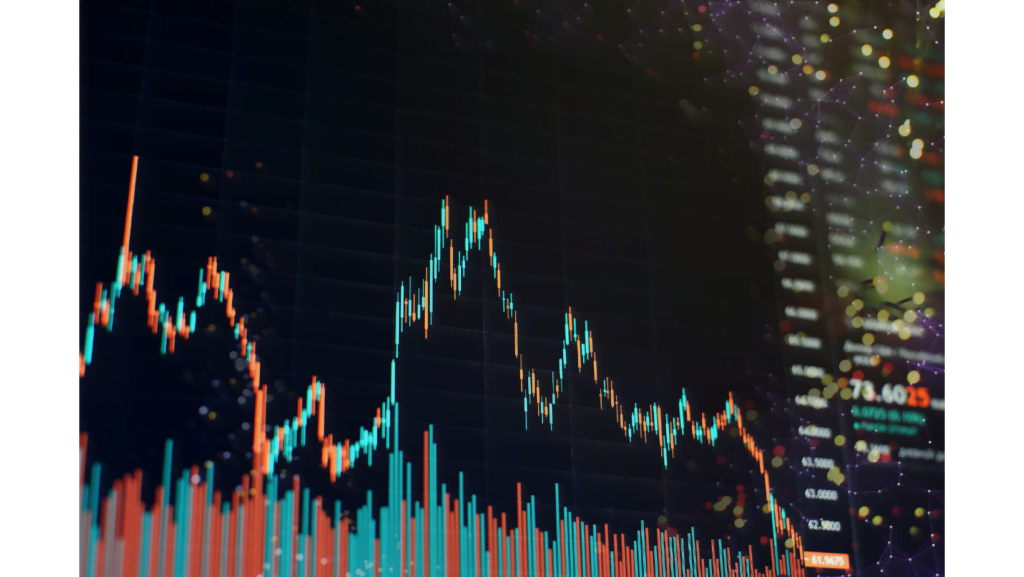The Stochastic Momentum Index (SMI) is a specialized pointer that actions the energy of a resource’s cost. It is a refinement of the stochastic oscillator created by George C. Path during the 1950s. The Stochastic Momentum Index calculates the distance of the current closing price as it relates to the median of the high/low price range.
The Stochastic Momentum Index is crucial for traders and investors. It helps them to spot trend reversals and overbought/oversold conditions. It can also be used to develop and implement trading strategies.

Historical Development
Origin and Evolution
The Stochastic Momentum Index was developed by William Blau in 1993. He was looking for a way to improve the reliability of the stochastic oscillator, and he found that the Stochastic Momentum Index was less subject to false swings.
Key Milestones in Its Evolution
In 1993, Blau published a paper on the SMI in the magazine Technical Analysis of Stocks & Commodities. This helped to introduce the indicator to a wider audience.
1995, the Stochastic Momentum Index was added to the Bloomberg charting platform. This made it more available to brokers and financial backers.
The Stochastic Momentum Index has become progressively famous among digital currency merchants. This is because it is appropriate for exchanging unpredictable business sectors.
The Role of George C. Lane
George C. Lane is considered to be the father of technical analysis. He fostered the stochastic oscillator, which is the reason for the Stochastic Momentum Index. Lane’s work significantly affects the universe of money, and his markers are still broadly utilized by dealers and financial backers today.
Read More Forex 4-Hour Stochastic EMA Trend Trading Strategy
Understanding the Basics
Calculating the Stochastic Momentum Index
The Stochastic Momentum Index is calculated using the following formula:
Stochastic Momentum Index = 100 * (Close – Median(HL/2)) / (HL/2 – Low)
Where:
- Close is the closing price of the asset for the current period
- Median(HL/2) is the median of the high-low range over the past ‘n’ periods
- HL/2 is the average of the high and low prices over the past ‘n’ periods
- Low is the lowest price of the asset over the past ‘n’ periods
Interpretation of Stochastic Momentum Index Values
The Stochastic Momentum Index is a limited oscillator, implying that its qualities can go from 0 to 100. A perusing over 50 shows that the resource is overbought, while a perusing under 50 demonstrates that the resource is oversold.
Nonetheless, it is essential to note that the Stochastic Momentum Index is certainly not an ideal marker. It can produce misleading signs and should not be used in separation.
Significance of Overbought and Oversold Conditions
Overbought and oversold conditions can signal that a trend reversal is imminent. However, it is important to note that these conditions can persist for extended periods of time. Use other indicators to confirm a trend reversal before taking action.

Applications in Trading
How to Use the Stochastic Momentum Index in Stock Trading
The Stochastic Momentum Index can be used in stock trading to identify potential trend reversals and overbought/oversold conditions. It can also be used to develop and implement trading strategies.
For example, a trader might use the Stochastic Momentum Index to generate a buy signal when the indicator crosses above 50 from below. The trader might then place a take-profit order at the next resistance level.
Forex Trading and Stochastic Momentum Index
The Stochastic Momentum Index can likewise be utilized in forex exchanging to recognize the potential pattern inversions and overbought/oversold conditions. It can likewise be utilized to create and execute exchange procedures.
For example, a trader might use the Stochastic Momentum Index to generate a sell signal when the indicator crosses below 50 from above. The trader might then place a stop-loss order at the next support level.
Read More Ultimate MT4 Stochastic Indicator FREE Download
Stochastic Momentum Index Strategies in Cryptocurrency Market
The Stochastic Momentum Index is becoming increasingly popular among cryptocurrency traders. This is because it’s well-suited for trading volatile markets.
For example, a cryptocurrency trader might use the Stochastic Momentum Index to generate a
buy signal when the indicator crosses above 50 from below. The trader might then place a take profit order at the next resistance level.
Benefits and Limits
Benefits of Incorporating Stochastic Momentum Index
The Stochastic Momentum Index has a number of advantages, including:
- It is a relatively simple indicator to calculate and interpret.
- It is a good indicator of momentum.
Common Pitfalls and Risks
The Stochastic Momentum Index also has some limitations, including:
- It can generate false signals.
- It should not be used in isolation.
- It is important to understand the market context before using the Stochastic Momentum Index.
Practical Considerations for Traders
Here are some practical considerations for traders who use the Stochastic Momentum Index:
- Use the Stochastic Momentum Index in conjunction with other indicators and technical
analysis techniques. - Be aware of the limitations of the Stochastic Momentum Index.
- Do not over-trade based on Stochastic Momentum Index signals.

Comparing the Stochastic Momentum Index with Other Indicators
Relative Strength Index (RSI) vs. Stochastic Momentum Index (SMI)
The Relative Strength Index (RSI) is another well-known force oscillator. It is like the Stochastic Momentum Index but utilizes an alternate equation to work out its qualities.
The RSI is more delicate to cost changes than the Stochastic Momentum Index. This implies that it can create more trade signals. Nonetheless, it is additionally more inclined to misleading signs.
Moving Average Convergence Divergence indicator (MACD) vs. Stochastic Momentum Index (SMI)
The Moving Average Convergence Divergence indicator (MACD) is a pattern-following marker. It is calculated using a combination of moving averages.
The MACD differs from the Stochastic Momentum Index because it is not a momentum oscillator. However, it can identify trend reversals and overbought/oversold conditions.
Pros and Cons of Combining Multiple Indicators
There are both advantages and disadvantages in combining multiple indicators.
From one perspective, combining multiple indicators can assist in reducing the number of false signals. Then again, it can likewise make it more challenging to interpret the signals.
The Stochastic Momentum Index in Technical Analysis
Role in Chart Patterns
The Stochastic Momentum Index can be used to identify and confirm chart patterns. For example, a bullish divergence between the Stochastic Momentum Index and price can signal that a bullish reversal is imminent.
The Stochastic Momentum Index in Divergence Analysis
Divergence occurs when the Stochastic Momentum Index and price move in opposite directions. This can be a signal that a trend reversal is imminent.
For example, a bullish divergence occurs when the Stochastic Momentum Index makes higher lows while the price makes lower lows. This can be a signal that a bullish reversal is about to occur.
Read More Stochastic Divergence Indicator FREE Download
Interpreting Stochastic Momentum Index in Candlestick Patterns
The Stochastic Momentum Index can also be used to interpret candlestick patterns. For example, a bullish engulfing pattern can be confirmed by a bullish crossover of the Stochastic Momentum Index and its signal line.

The Stochastic Momentum Index in Different Market Conditions
Bull Markets and Stochastic Momentum Index
The Stochastic Momentum Index stays above 50 in bull markets for extended periods. Buyers are in control, and the price is trending upward.
Bear Markets and Stochastic Momentum Index
The Stochastic Momentum Index tends to stay below 50 for extended periods in bear markets. This is because sellers are in control, and the price is trending downward.
Sideways Markets and Stochastic Momentum Index
The Stochastic Momentum Index tends to fluctuate between 50 and 80 in sideways markets. There is no clear trend, and buyers and sellers are evenly matched.
Stochastic Momentum Index for Long-term Investors
Stochastic Momentum Index in Portfolio Management
Long-term investors can use the Stochastic Momentum Index to distinguish overbought and oversold conditions in the securities exchange. This can assist them with settling on more educated speculation choices.
For instance, a drawn out financial backer could involve the Stochastic Momentum Index to recognize overbought conditions in the securities exchange. The investors could then diminish their openness to stocks until the market becomes more oversold.
Combining the Stochastic Momentum Index with Fundamental Analysis
Long term investors ought to likewise utilize key investigation to illuminate their speculation choices. Assess fiscal summaries to evaluate an organization’s worth. Consolidate the Stochastic Momentum Index and examine for informed speculation choices. Diminish risk.
Stochastic Momentum Index and Market Sentiment
Psychology and Stochastic Momentum Index
The Stochastic Momentum Index can be used to gauge market sentiment. For example, a high SMI reading can indicate that investors are bullish on the market. Conversely, a low SMI reading can indicate that investors are bearish on the market.
Role of SMI in Gauging Market Sentiment
The Stochastic Momentum Index can be utilized to check market opinion by comparing its position with its overbought and oversold levels. At the point when the SMI is over 80, it shows that the market is overbought and that financial backers are bullish. At the point when the SMI is under 20, it shows that the market is oversold and that financial backers are negative.
Long term versus Short-term Sentiment Analysis
Long term investors ought to utilize the Stochastic Momentum Index to measure long term market opinion. Short-term traders ought to utilize the SMI to check short-term market sentiment.
Risk Management with Stochastic Momentum Index
Setting Stop Losses and Take Profits
The Stochastic Momentum Index can be used to set stop losses and take profits. For example, a trader might place a stop loss order below the next support level when the SMI crosses below 50 from above. The trader might then place a take-profit order at the next resistance level.
Position Sizing with SMI
The Stochastic Momentum Index can also be used to size positions. For example, a trader might risk a smaller percentage of their capital when the SMI is overbought or oversold. This is because the market is more likely to reverse direction in these conditions.
Managing Risk in Volatile Markets
The Stochastic Momentum Index can be used to manage risk in volatile markets. For example, a trader might reduce their exposure to the market when the SMI is above 80 or below 20. This is because the market is more likely to experience sharp price movements in these conditions.
Read More Forex Trading 101: A Guide to Forex Risk Management
Conclusion
The Stochastic Momentum Index (SMI) is a flexible and strong specialized pointer that can distinguish potential pattern inversions, overbought/oversold conditions, and divergences. It can likewise be utilized to create and execute exchange procedures.
In any case, it is vital to recollect that no marker is excellent, and the SMI is no exemption. Use SMI with different pointers and chance administration for informed exchanges.
FAQS
How is the SMI Different from the Stochastic Oscillator?
The SMI is an extension of the Stochastic Oscillator. The Stochastic Oscillator shows the closing price’s position in a range. The SMI goes further, using a moving average on the Stochastic Oscillator. This moving average helps to smooth out fluctuations, making it easier for traders to spot potential reversals.
What Does an SMI Reading Indicate?
An SMI reading above +40 suggests that the asset may be overbought, indicating a potential reversal to the downside. Conversely, an SMI reading below -40 suggests that the asset may be
oversold, indicating a potential reversal to the upside. Traders often look for these extreme readings to make trading decisions.


